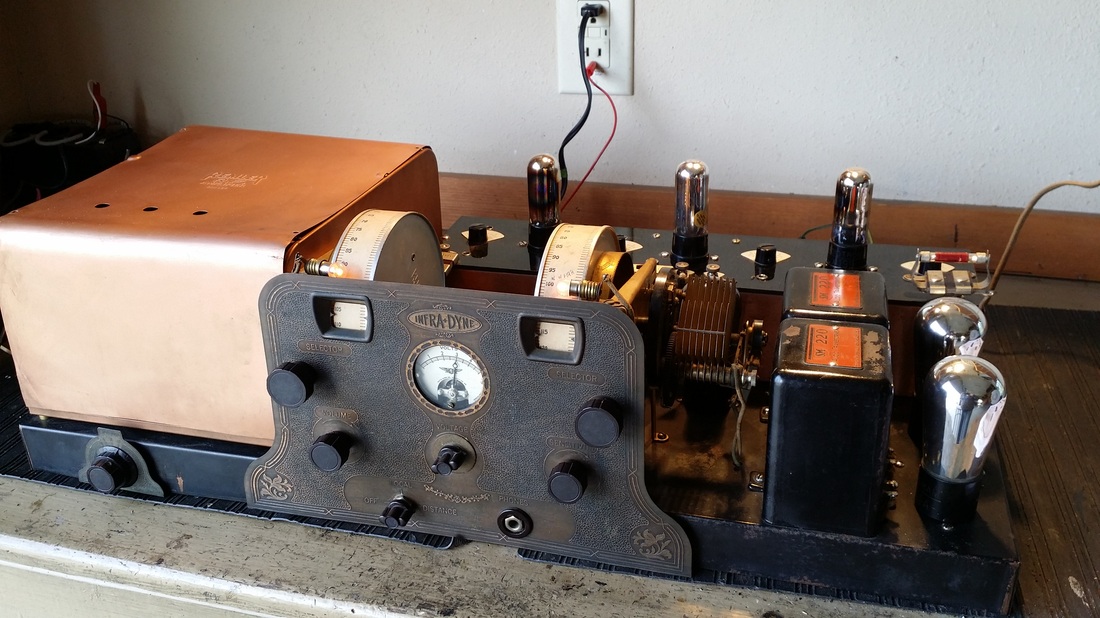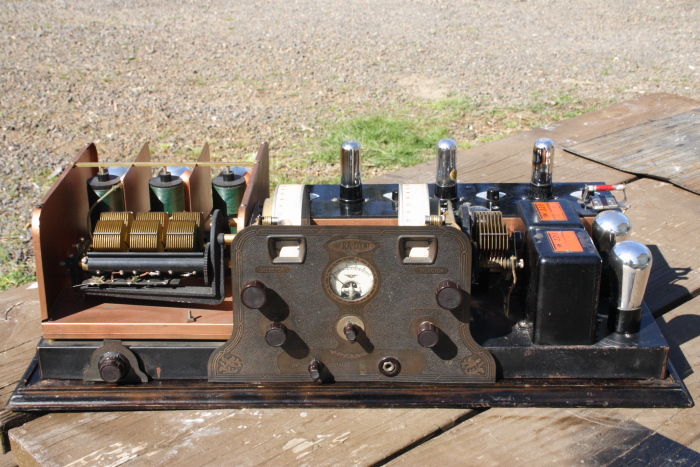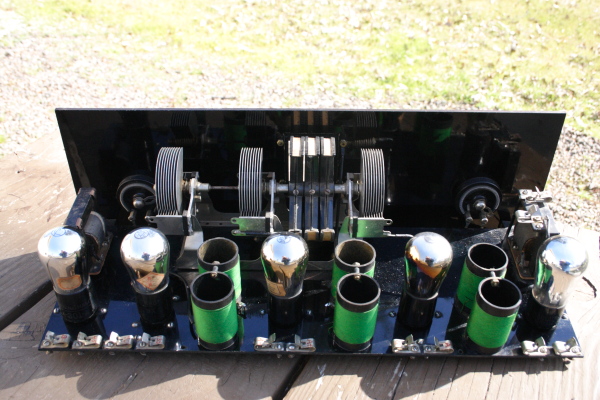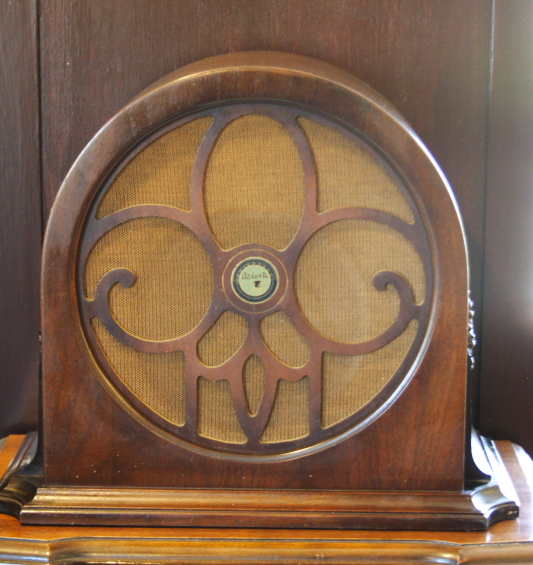Story from the local newspaper:
http://www.statesmanjournal.com/story/opinion/columnists/capi-lynn/2015/02/17/vintage-radios-auctioned-antique-powerland/23583773/
The auction was presented in association with the Northwest Vintage Radio Society.
https://www.facebook.com/NWVRS
It was a long drive but turned out to be very worthwhile. It was also good to see such a nice collection going to people that could appreciate them. Those that I was lucky enough to acquire are already on display in our museum. Here are some pictures and video of most of them. "Most" meaning, I had to buy two radios to get the chassis and cabinet for one, so there is still one chassis left over.
One of the great things about this collection was that there were a number of "locally manufactured" radios. Remember that Oregon is a big State and I consider any radio made within it's boundaries, local. Come to think of it, Northern CA is also local. There were several radios from the Bay Area.
Most of them needed a few caps replaced and there were a few open interstage transformers, but nothing too challenging.
Tuning - well, is a learning experience. It says in the manual that the TRF section may be operated by its self in the "local" mode. And, it can, as long as there is a very strong local station nearby. In the local mode the Infradyne module and its associated 2nd detector (301-A) are not used nor are those tube filaments lit.
In the "Distance" mode the performance of this receiver is excellent. One note, however. It was customary at the time to mark station settings on the tuning dials with a pencil. This was to make the tuning process easily repeatable. I see that there is only one station written on each of the dials. Either the user only received one station or ,more likely, he discovered that almost any other adjustment or change in any of the voltages will move the position of the station on the dial. So making notes was somewhat useless.
The meter is for setting the 3 volt filaments on the 199 tubes. It will allow the filament voltage to run up to about 3.5 volts which will increase audio and necessitate retuning the module, but, is unnecessary. Setting the meter on 3 gives you a filament voltage slightly above 3 volts and that is about right because the manual instructs you to set the meter at that point.
I have seen the 1927 version with a SM 221 OP transformer. This one has a spot to mount one, but it appears that one was not used and it is not in the 1928 schematic. Seems like a step backwards, but it works just fine using a high impedance speaker from the 135V B+ to the 112A second audio plate.
A demonstration:
Probably built by the "Long Radio Works" by brothers Les or George Long on the family farm on Rural Route 1 (later renamed "NW Long Road"). This location was 20 miles west of Portland, Oregon or 1 mile north of the town of Cornelius, Oregon. They were in radio business from 1920 through the late 1930s.
http://superhets.info/page5.html
A note inside says, "Built circa 1927 by Portland Ham Theodore H. Olson.
Mirico R3 by Midwest















 RSS Feed
RSS Feed